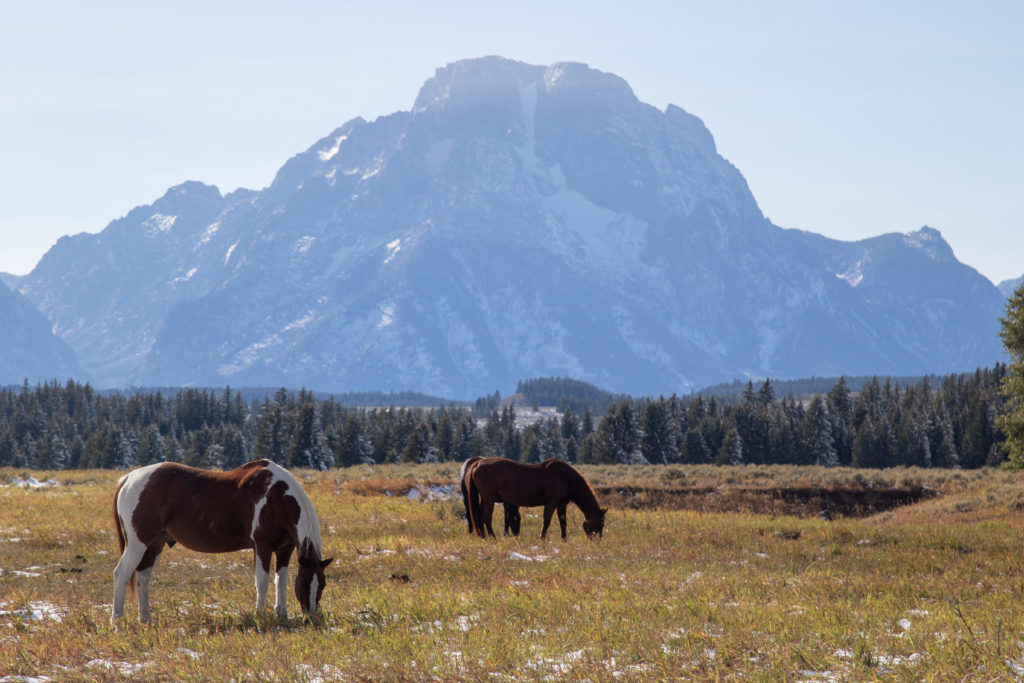
Principal Investigators
Noa Román-Muñiz DVM
David VanMetre DVM, PhD, ACVIM, Dip
General Project Area Description
The agricultural industry remains one of the most dangerous industries for laborers in the United States. Agriculture currently ranks only second to mining in the incidence of fatal injury to workers, and the incidence of non-fatal injury in agriculture ranks third behind construction and manufacturing. Within the agricultural industry, injury and death result primarily from machinery use, with livestock incidents ranking second; however, in some regions, livestock are the primary sources of worker injury. Young age, minority status, and, in livestock production, work involving dairy cattle have been associated with a significantly increased risk of injury. Within the dairy industry, most injuries occur during milking cows or when treating cows for lameness. In a New York study, laborers sustained most injuries from being kicked, pushed, or fallen upon by dairy cows.
Currently, the labor force in US agriculture is comprised mainly of young men, most of whom are foreign – born and speak Spanish as a primary language. Many of these farm workers do not have a farm background and use the agriculture sector as entry-level, often temporary employment. Familiarity with animal handling is highly variable within this group of workers. Thus, owing to the frequent lack of animal husbandry experience in the workforce, employee turnover, the language barrier that often exists between producers and workers, and the inherent risks associated with working closely with cattle, the dairy workforce in the Western US is composed of a population of individuals at considerable risk of injury.
Why would Dairy Producers want Worker Education Programs?
Dairy producers are increasingly aware of the costs of impaired worker health on the costs of operation, as well as health problems contributing to the impermanence of the workforce on dairy operations. Many Colorado dairy producers have identified worker training as their most pressing need from university extension and outreach programs. Specifically, many producers have requested development and implementation of worker training programs that integrate technical skills and worker safety.
What is the Future of the Integrated Livestock Management Worker Education Programs?
Livestock worker training is one of the primary missions of the Integrated Livestock Management program. The livestock worker training tools currently offered by the program include generation and distribution of standard operating procedure guidelines for necropsy techniques, diagnostic sample collection for common diseases, dairy parlor personnel (milker) workshops and calving management schools. Training modules that were developed include foot care and lameness diagnosis, sick cow evaluation, and heat detection/reproductive management.
What will these training modules provide?
In these training modules, we aim to provide a background of the relevant fundamental anatomic and physiologic features of the cow as well as a step-by-step, hands-on training process that covers the proper technical skills. The participation of the producer and herd veterinarian is critical to help the program’s personnel to tailor these training sessions to fit the unique needs of each participating dairy. The sessions are conducted in both English and Spanish. Worker safety comprises a significant objective of these educational programs, with the ultimate goal being to train dairy workers to perform their assigned tasks in a more skillful, effective, efficient, and safe manner.
Emphasis on safe methods of performing the tasks we demonstrate and safe application of the skills that we teach would be of obvious benefit to both the worker (reduced injury and fewer workdays lost to injury) as well as to the producer (reduced worker compensation and reduced worker turnover). Thus, as young, untrained workers gain entry-level employment in the Colorado dairy industry, a combined livestock production education and safety education initiative would enable them to:
- Increase their value to prospective employers.
- Enter dairy employment with greater general knowledge of livestock health and production, possibly limiting employee turnover due to poor performance.
- Perform high-risk tasks such as milking, moving cows and bulls, and drug administration with greater efficiency, skill, and personal safety, thereby reducing injury claims.
How do we assess the current needs of the industry?
Worker safety training on Colorado dairies appears to vary tremendously in scope and formality. In order to develop the best strategy for incorporation of worker safety into existing and future worker training programs, Integrated Livestock Management team members must first clarify the most critical needs for safety education. In light of the findings of previous dairy worker injury studies, safe milking and animal handling techniques would appear to be important components of a training program for entry-level dairy workers. Rather than construct a program on perceived needs, however, the Integrated Livestock Management team has conducted a survey on Colorado dairies to determine the following critical benchmarks:
- The livestock experience of these workers.
- The nature of training procedures currently in place.
- The type of workplace injuries and illnesses commonly encountered.
- A critique from the workers and management of the strengths and deficiencies of current training methods.
A summary of these findings was published in the November 2004 CDN.
This study enables the Integrated Livestock Management team to accurately assess and remedy design flaws in current safety training, as well as incorporate identification and avoidance of the most relevant injury hazards into worker education programs.
What are the Current Endeavors of the Livestock Worker Training Program?
Dr. Noa Román-Muñiz performed this worker safety training study as the focal point of her master’s project on adult education in the dairy workforce. She presently coordinates the bilingual livestock worker training program offered through Integrated Livestock Management and the Department of Animal Sciences.
Publications
- Román-Muñiz IN, Van Metre DC, Garry FB, Reynolds SJ, Wailes WR, Keefe TJ (2005).
- Training methods and association with worker injury on Colorado dairies: A survey. Journal of Agromedicine (submitted).
- Training Spanish-speaking livestock workers: Theory and practice. Román-Muñiz IN, Van Metre DC, Hirst HL, Garry FB (2004). The Bovine Practitioner 38:122-125
- Worker Safety Training on Dairy Farms in Northeastern Colorado. Noa Román-Muñiz, DVM, MS; ILM, CSU